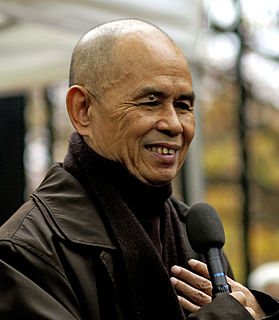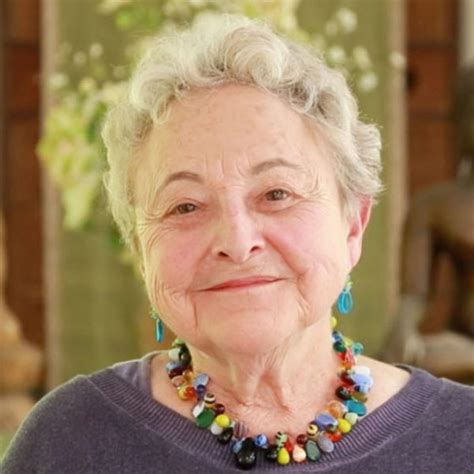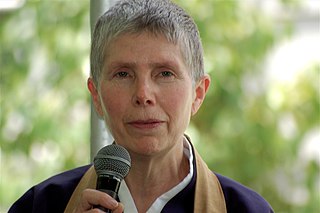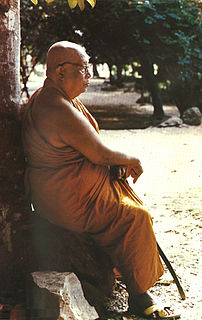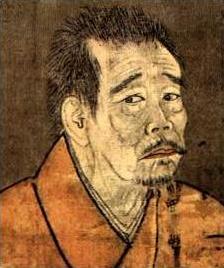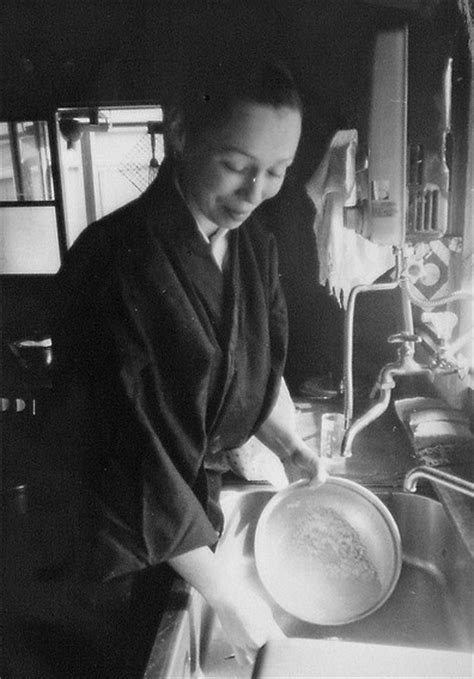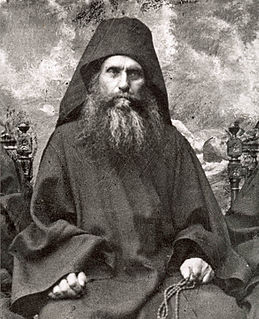A Quote by Nhat Hanh
You are a Buddha, and so is everyone else. I didn't make that up. It was the Buddha himself who said so. He said that all beings had the potential to become awakened. To practice walking meditation is to practice living in mindfulness. Mindfulness and enlightenment are one. Enlightenment leads to mindfulness and mindfulness leads to enlightenment.
Related Quotes
I have seen that there are a number of people who benefit from doing loving kindness meditation, either prior to or along with mindfulness meditation. It varies from person to person of course, but for many, their practice of mindfulness will bring along old habits of self-judgment and ruthless criticism, so it is not actually mindfulness.
There is one thing that, when cultivated and regularly practiced, leads to deep spiritual intention, to peace, to mindfulness and clear comprehension, to vision and knowledge, to a happy life here and now, and to the culmination of wisdom and awakening. And what is that one thing? It is mindfulness centred on the body
Mindfulness is not just a word or a
discourse by the Buddha, but a
meaningful state of mind. It means
we have to be here now, in this very
moment, and we have to know what
is happening internally and
externally. It means being alert to
our motives and learning to change
unwholesome thoughts and
emotions into wholesome ones
Mindfulness is a mental activity that
in due course eliminates all
suffering.
The Buhha was a monastic, but the practice of mindfulness in the context of any lifestyle is one of renunciation. Every moment of mindfulness renounces the reflexive, self-protecting response of the mind in favor of clear and balanced understanding. In the light of the wisdom that comes from balanced undertanding, attachment to having things be other than what they ar falls away.


